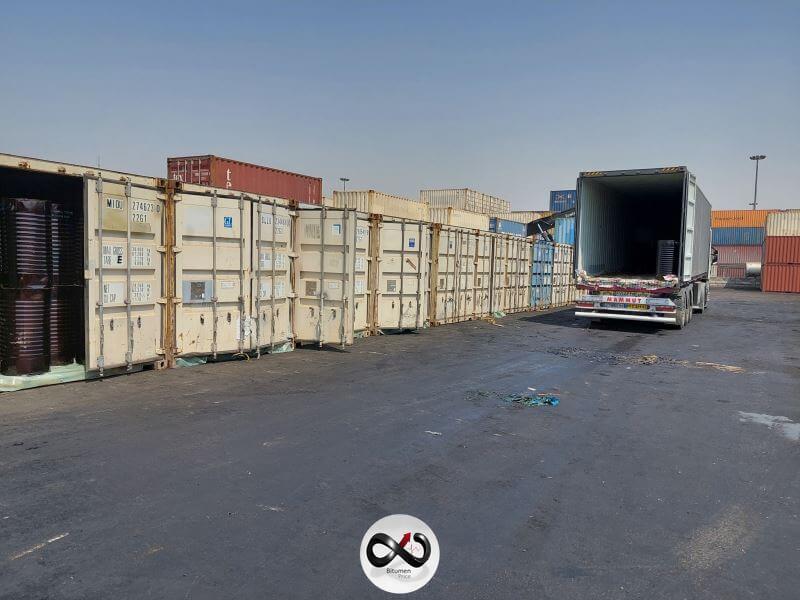
Weekly bitumen report: The Impact of Oil Price Increase on Deals
Oil prices rose on concerns of decreased demand and global economic weakness.
On friday, July 14, oil prices rose in the deals of the day due to expectations of a decrease in demand from the world’s largest oil exporters, as well as concerns about global economic weakness that could lead to a decrease in demand.
DBS Bank’s Energy Senior Vice President Suvro Sarkar has predicted that a shortage of supply will be present in the third-quarter of the year, however, it is unclear whether there will be a lack of demand due to concerns about an economic recession and apprehensions about the price increase.
The Director General of the Asian Oil Exchanges Association (AIEA) has predicted that the current oil supply shortage will be exacerbated by the growth of China’s demand and the decrease in OPEC+ production in the latter half of 2023. Furthermore, he has noted that while economic growth is sluggish, the demand levels in both China and other emerging countries are in line with expectations. Furthermore, the OPEC Secretariat’s monthly report of June revealed that the economic recovery of China was more significant than anticipated.
The oil market is currently in a state of disarray due to the combination of supply pressures and a weak economic outlook. After two months of fluctuating prices, oil prices have reached 80 USD on July 13th, however, it is uncertain whether it will be able to surpass this initial level. On July 11th, Singapore’s SSFO CST180 price increased by approximately 7 USD, remaining in a range of 471 USD to 435 USD. South Korea and Singapore’s bitumen prices reached 435 USD and 400 USD respectively, while Bahrain’s bitumen price remained unchanged at 390 USD.
The price of bitumen in Spain and other European producing countries experienced an increase, while the situation in East Asia was not particularly encouraging. In India, there is still no definitive information regarding the potential increase or decrease in bitumen prices in the latter half of July, however, it is estimated that this change, whether positive or negative, will be around 5 USD. However, the demand level in India did not increase due to the monsoon season.
Bitumen prices in the Middle East
The relative stability of the Rial against the US dollar led to increased competition among refineries in Iran, with a record-breaking 75% competition for vacuum bottom purchase. As a result, bitumen prices in Iran increased significantly, and port congestion in the port of Bandar Abbas further complicated the export scenario.
The next step in the market will depend on the recovery of the gap between the willingness of buyers to reduce prices and the tendency to export for price increase.
This article was prepared by Shirin Yousefi, the Content specialist and market analyst of Infinity Galaxy